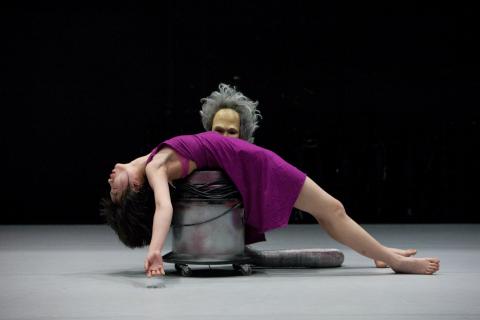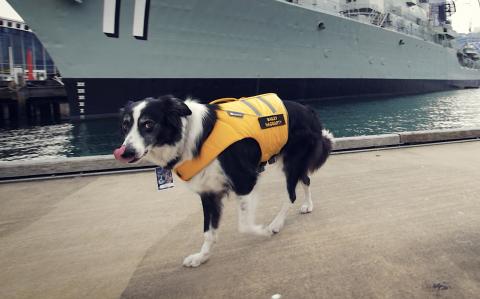Geography of Space, Archaeology of Time, Izabela Pluta & Utako Shindo
Geography of Space, Archaeology of Time at the Australian Centre for Photography is the culmination of a year-long creative engagement between Australian artist Izabela Pluta and Japanese-Australian artist Utako Shindo. Over the last twelve months, the two artists have shared their interest in time and space across different physical locations to develop new bodies of work for this duo exhibition curated by Dr Allison Holland.
Disorientation
The waves churn as they are forced against the rocks, frothy white spray shoots forth with great velocity as the elasticity and softness of water comes up against the immovable, hard rock cliffs. The camera circles as the ocean swirls, the movement enveloping my body as a dizzy nausea floats over me—this is Izabela Pluta’s work Cavitation (2018) and it induces a powerful bodily reaction through the extreme movement of the camera.
This three-channel video work was shot by Pluta on a rock formation situated off the coast of Yonaguni, Japan’s westernmost inhabited island; Yonaguni is the site where the Pacific Ocean meets the East China Sea. It is an intersection of tidal flows and water patterns, but also a geographical construct imposed upon this section of landscape that is enmeshed with myth around its formation. Two of the screens show the ocean churning, and the rock formations as waves crash against them. The third is contrastingly calmer; shot from underneath the water, it’s freed from the chaos of the other two screens. Cavitation features two separate iterations or scenes, discernible through their distinct audio tracks. In the first, a diver’s strong and audible breathing through a breathing apparatus seems to place the viewer into the first-person action of the video, accompanied by the voices of a number of men talking at a dive briefing in Yonaguni. The second iteration of audio is Pluta herself reading an adaptation of W.G. Moore’s The Penguin dictionary of geography. These two versions inform our understanding of these ocean and rock formations as they are placed alongside the construct of time through these two distinct moments inhabited by different people. Are these possible worlds happening simultaneously along the lines of alternate worlds theory or the multiverse, where different universes exist simultaneously, or is Pluta referring to the many ways to conceptualise the vastness of time and space that exist outside of the Western linear perspective of time?
Pluta’s cross-disciplinary practice entwines audio elements with photographs and moving image; she is concerned with how space and time interact, and considers how these phenomena are projected onto and impact upon the earth and the landscape. Cavitation plunges us into a disorientating folded time where we are unsure about what came before or after: past, present, future and place are called into question, as are preconceived notions about the ordering of these things. Positioned towards the back of the exhibition, this frenetic work occupies the second room, sitting alongside the calmer and quieter works that make up the rest of the Geography of Space, Archaeology of Time.
Shadow-light
Utako Shindo’s suite of six large-scale photographs titled Night Site #1-6 (2018) is dark and minimalist. The images were captured at night in predominantly blue and black hues with only small, subtle patches of light: powerlines, trees and a metal fence are visible in the works. Shindo explores the disorientating nature of the night through these works that hint at the warped and undefined nature of objects as soon as the daylight disappears. Shindo’s practice is concerned with the untranslatable, she is interested in shadows, the play of light and their subtlety and nuance.
a boxed garden
time drifts
sheltering the growths
remains of the tree, receive
untranslatable motherhood
may forever
her ‘Ode’ to
the Zephyr’s murmuring petal
[1]
Shindo’s wall work As it were a meteorite of the earth’s shadow #1-15 (2018), is a white plaster relief cast of an apricot tree from the artist’s home. The tree fell in the backyard during a storm and holds a strong personal significance for the artist. Shindo’s work in this exhibition spans cyanotypes, drawings, moving image and plaster relief as she explores how living things inhabit place through a personal and introspective lens.
Collisions
Sitting across the gallery from Shindo’s Night Site #1-6 is Pluta’s Abstruse terms and general uncertainties (2018). This series features eight photographic prints focusing upon a number of objects collected from the beach at Yonaguni. There is a buoy that has come loose from its mooring and been thrown up onto the rocks by the tide, this symbol of safety and order losing its function, it looks small and powerless against the backdrop of rocks. Other objects include a rock which is reflected in a piece of perspex, fishing net and what appears to be a photograph of the rock formation that has been folded and re-photographed.
These objects were collected by the artist on site in Japan but the images themselves were constructed in Pluta’s studio in Australia—this process itself forms a kind of archaeology or excavation through the removal of objects from one site and their subsequent recording and analysis by the artist. The found objects have been translated and reconfigured through Pluta’s staged photographs that question and blur the geographical and locative dimensions attached to them and the entwined political dimensions projected onto place.
Time folds in on itself
Certain worldviews see time as happening simultaneously with past, present and future occurring all at once in contrast to the Western perspective where time unfolds in a linear manner. In both artists’ work time seems to fold in on itself, categories are collapsed, and we are left unsure of what came before, after or happened at the same time. The concept of an archaeology of time—or the excavation of time itself—where the past is reanimated or the future untethered from predetermined constraints imposed upon it seems hopeful against the backdrop of arbitrary political and economic systems which largely seek to exploit places and people for financial gains.
Bluets and the colour of water
Shindo’s work How it remains, how it subsides, and how it undoes ‘I’ (2018) contrasts sharply with Pluta’s work. Here the intense movement of Cavitation is replaced with a sense of soft warmth and the feeling of sunlight on skin as the artist moves through shallow water made golden with the warmth of sunrays. As the water moves, splintering the beams of sunlight, warmth exudes from this video. Glimpses of the artist’s body feature as she dives underneath, the duration and progression of the work is peaceful, almost meditative, as is this body of water: a calm reprieve.
Adorning the window to the gallery space is Shindo’s Ode to the Zephyr’s murmuring petal #1, Part 1 & 2 (2018). These brilliant blue cyanotypes are immediately evocative of the blue of the sky on a clear day, an intense transcendent blue.
Maggie Nelson in Bluets talks about her love and obsession with the colour blue:
…I read that the colour of the universe (whatever this might mean—here I gather that it means the result of a survey of the spectrum of light emitted by around 200,000 galaxies) has finally been deduced. The colour of the universe, the article says, is ‘pale turquoise’. Of course, I think, looking out wistfully over the glittering Gulf. I knew it all along. The heart of the world is blue.[2]
Blue seems vital to any consideration of the ocean or water, and its associated mythical and affective qualities make blue, perhaps, the most highly emotive colour.
[1] Utako Shindo, 2018, Reminiscent of long gone by, http://www.utakoshindo.info/exhibition/reminiscent-of-long-gone-by/, accessed 20 November 2018
[2] Maggie Nelson, 2009, Bluets, Wave Books, p: 89-90.

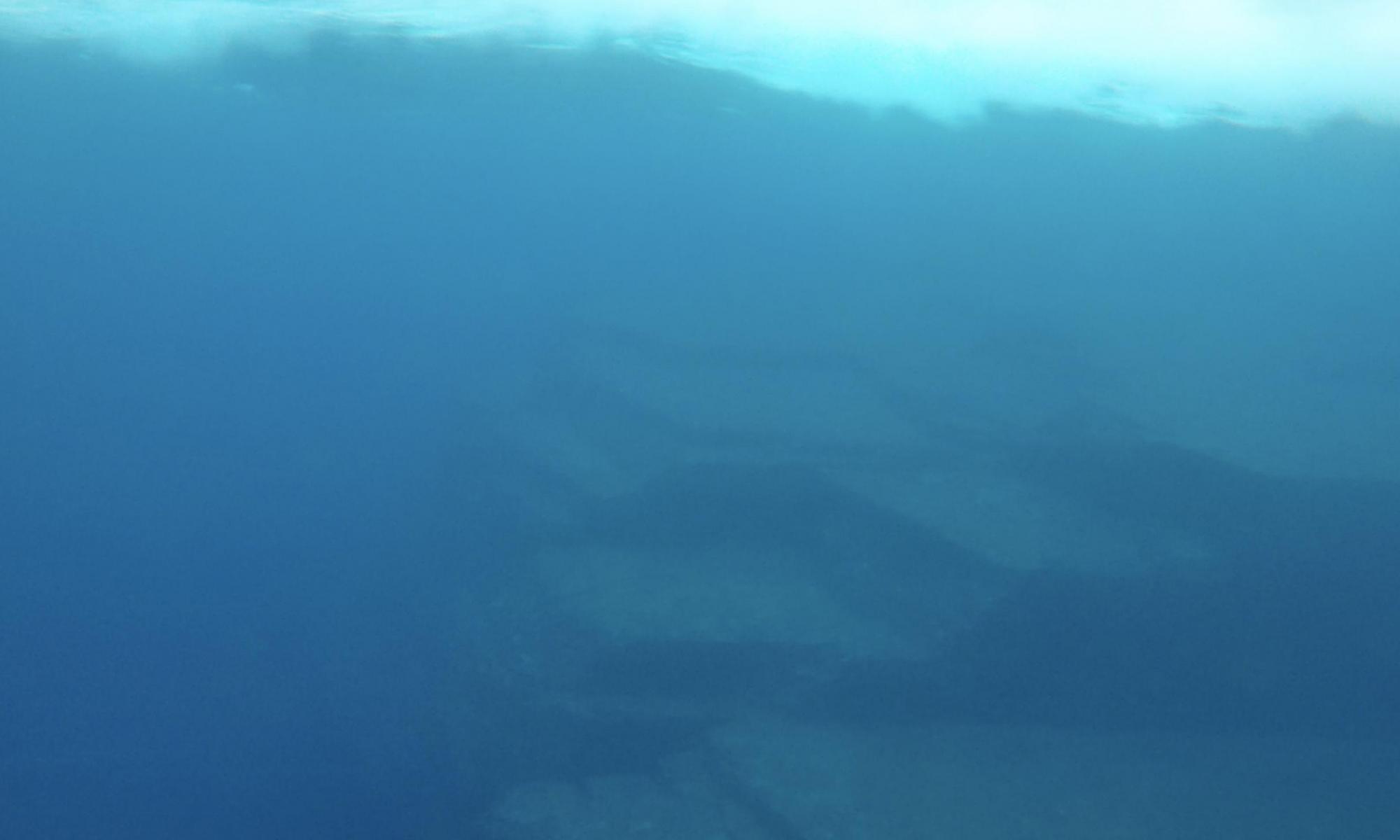
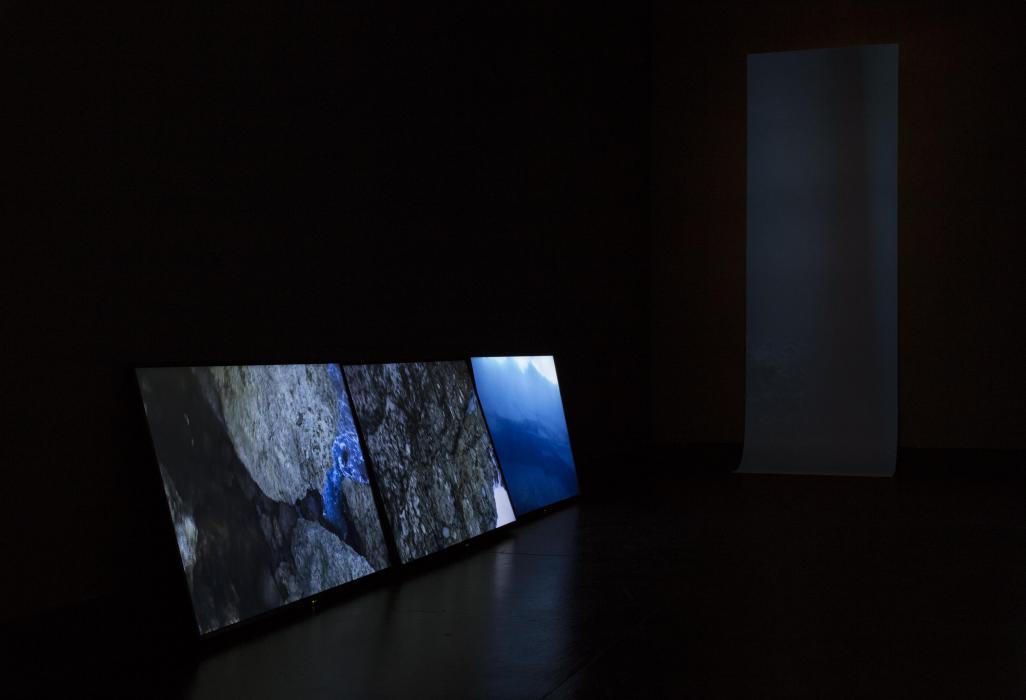
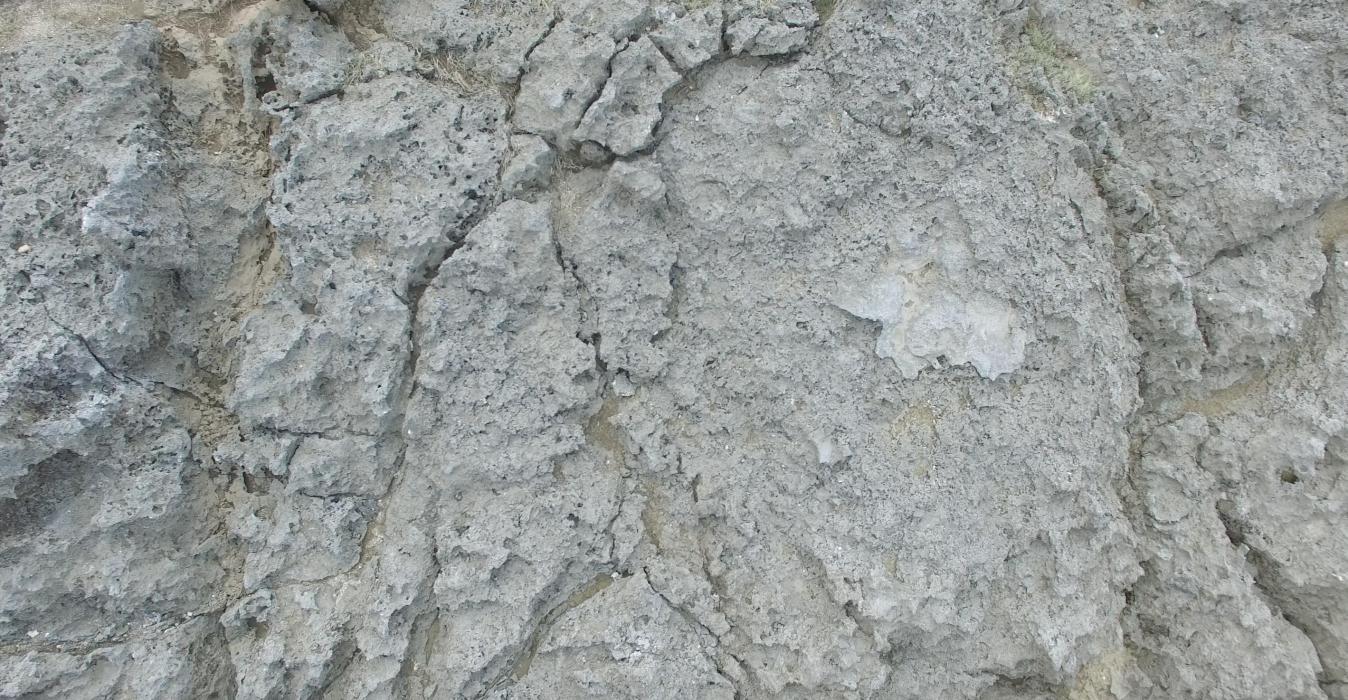
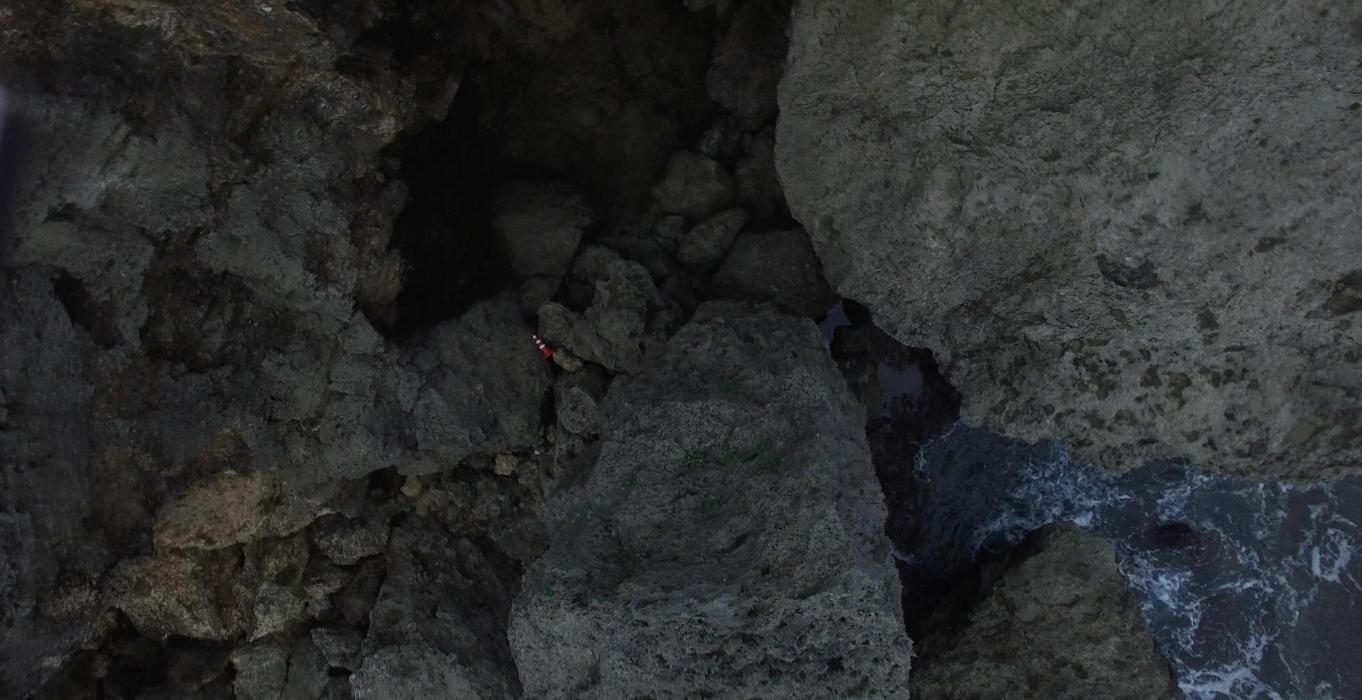
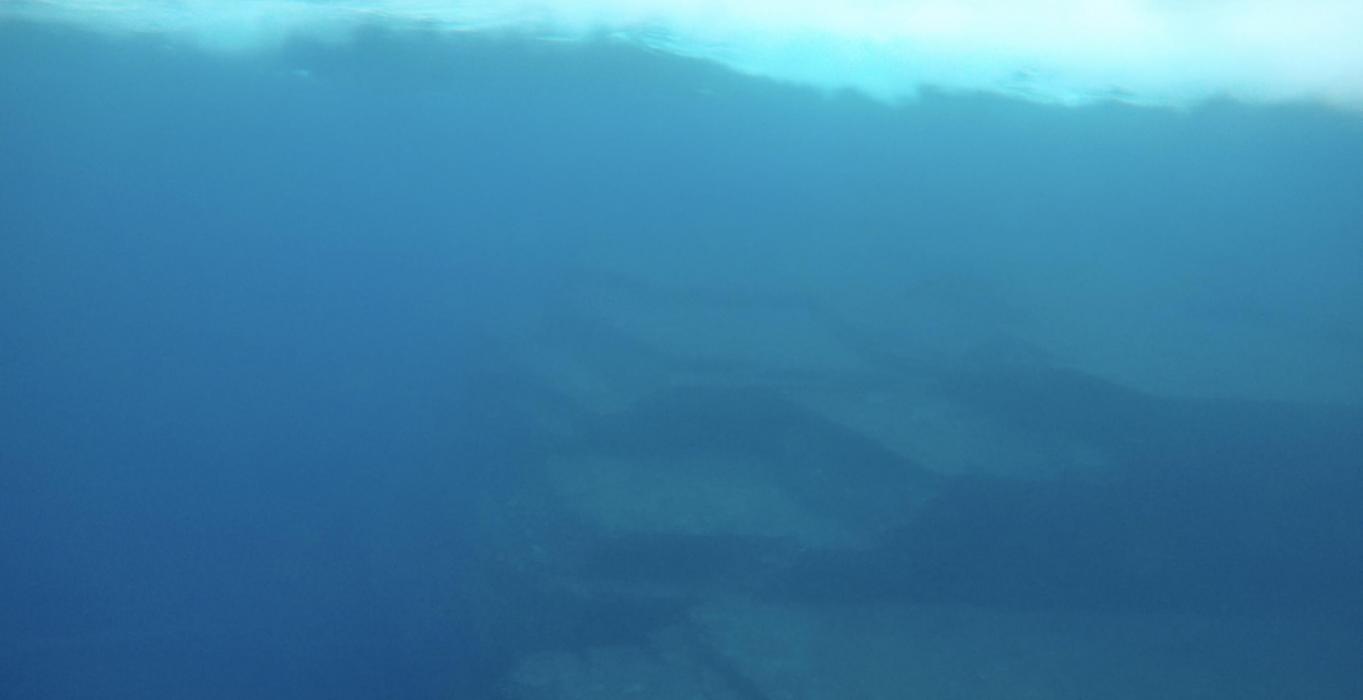
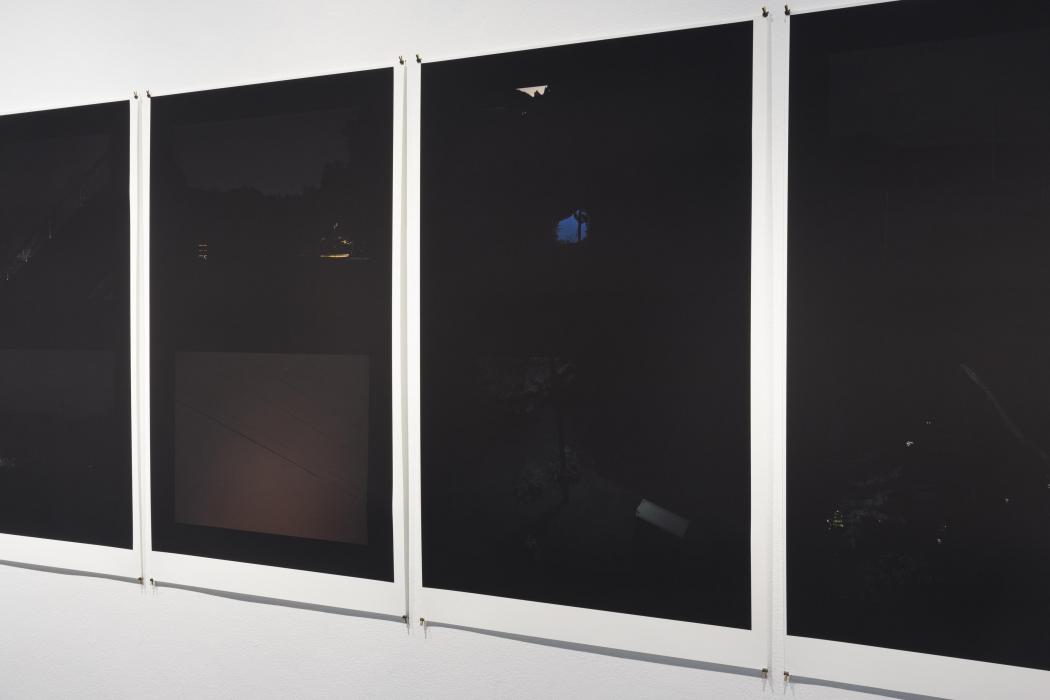
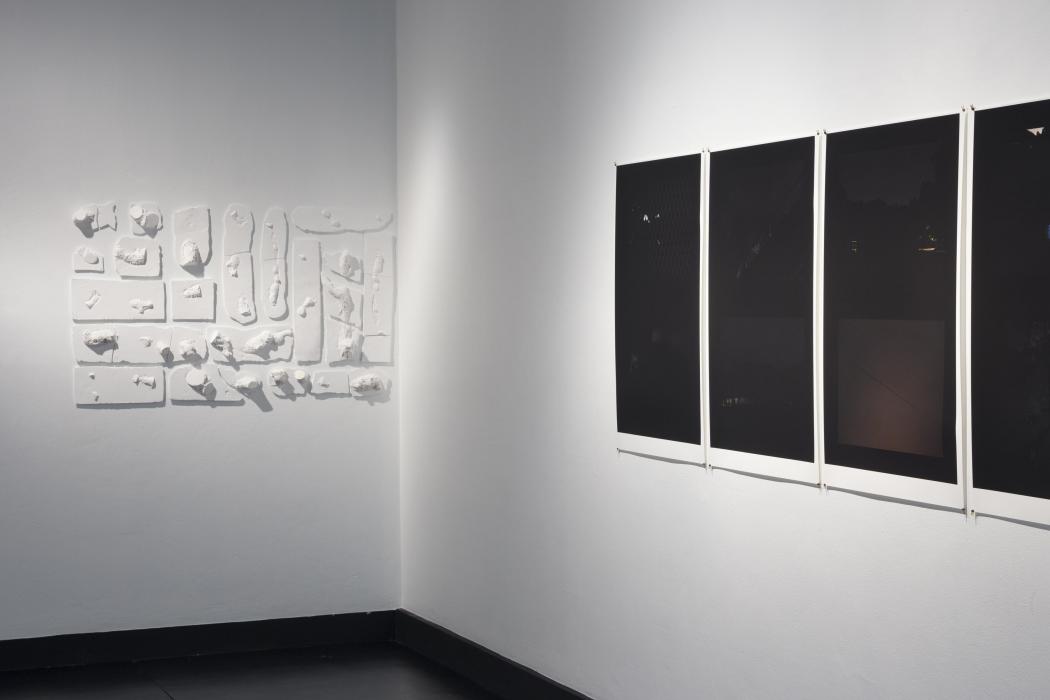
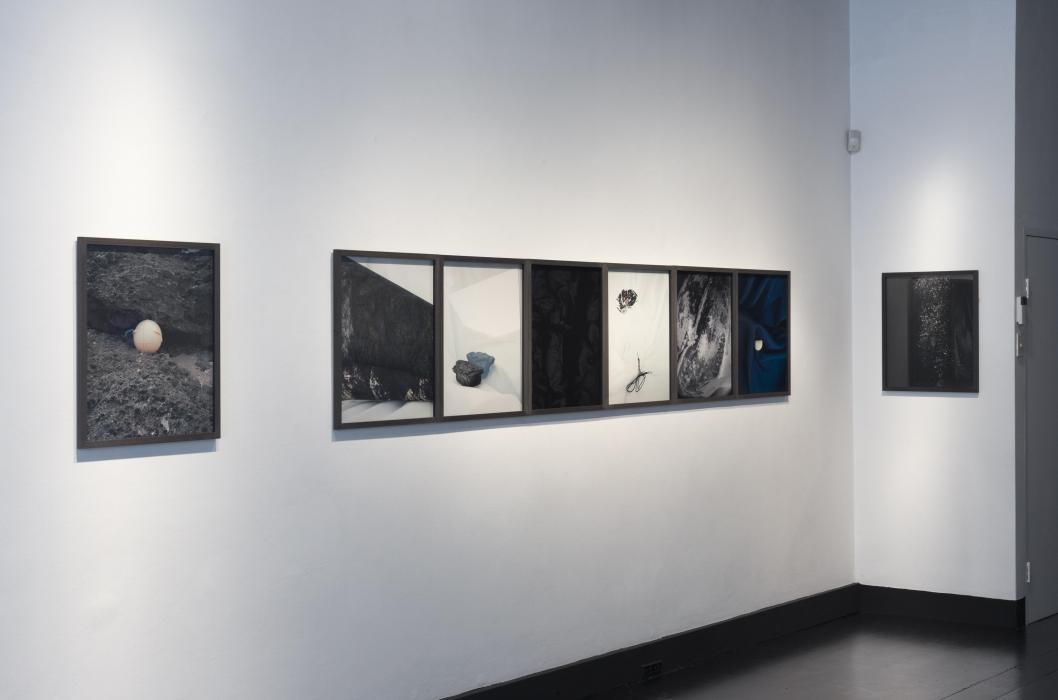
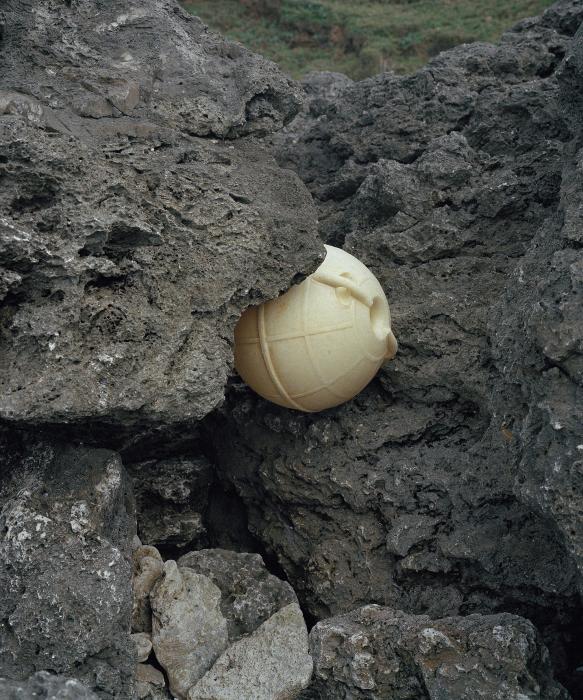
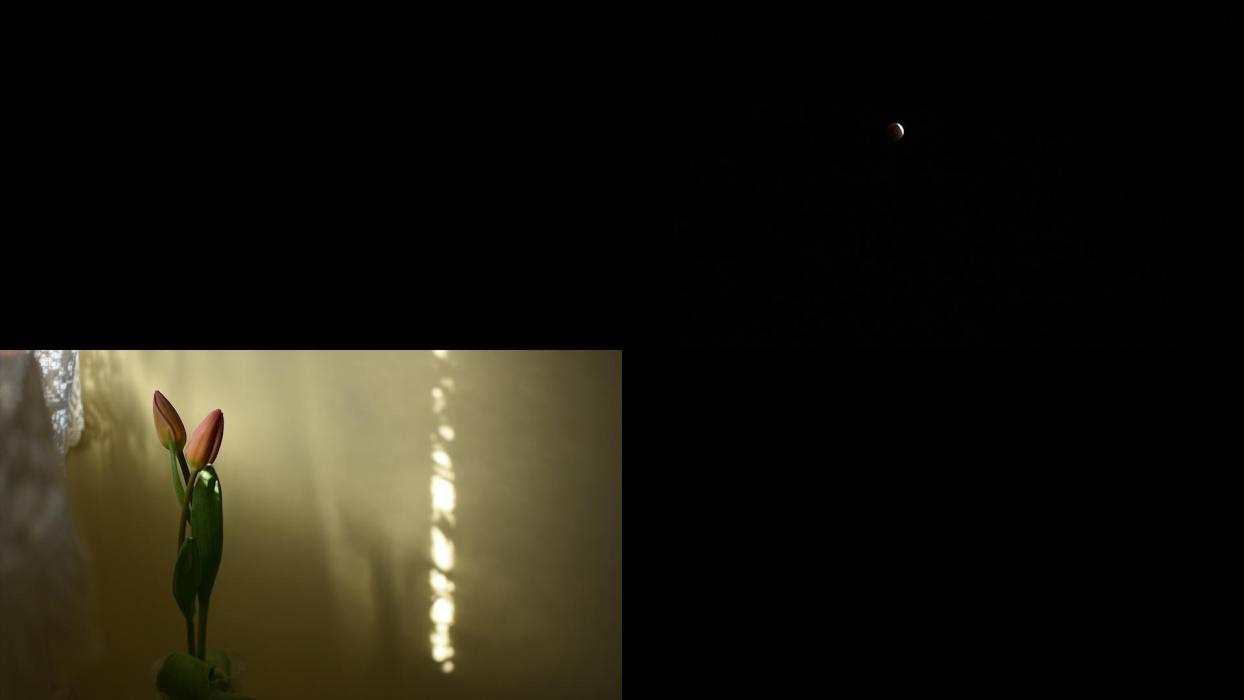
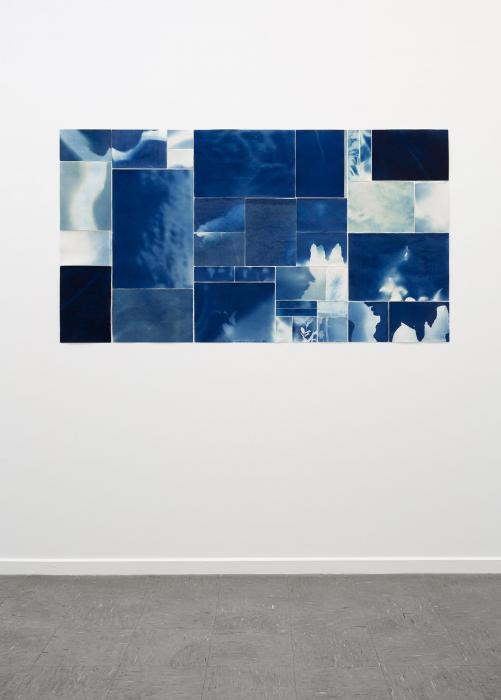
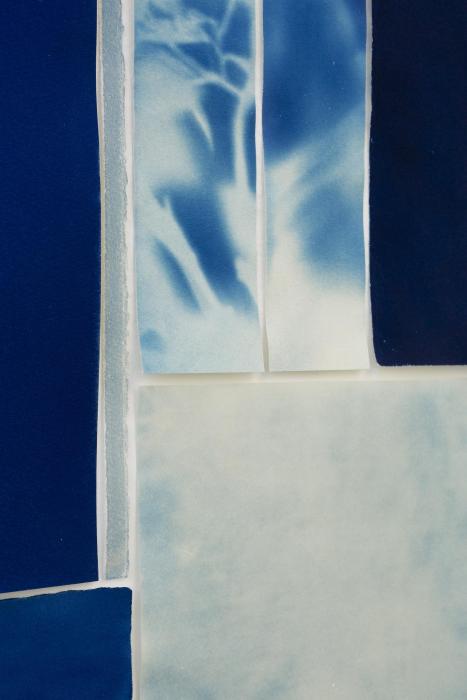
_0-itok=xmccPKhn.jpg)
